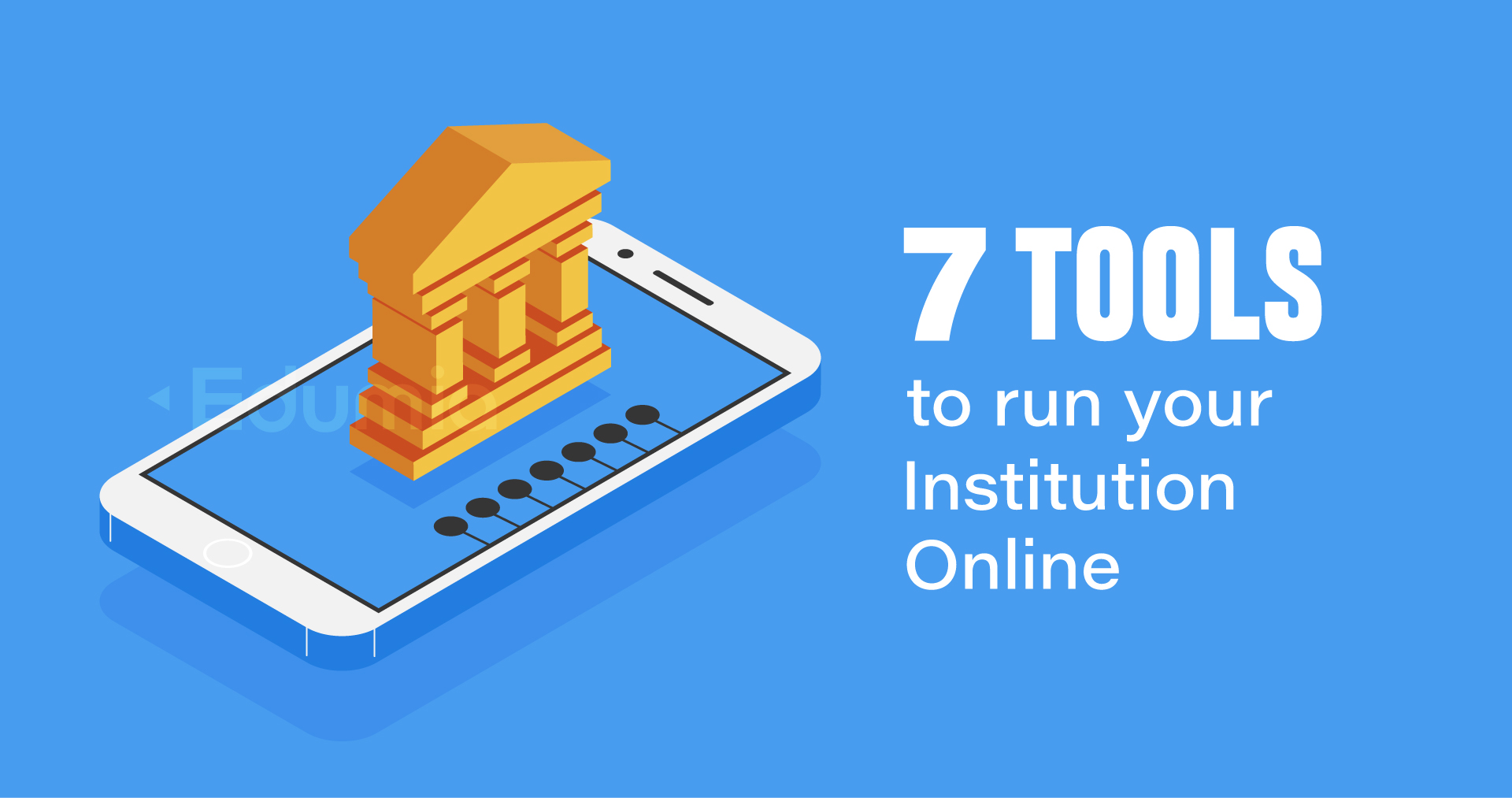The past few days have seen increasing numbers of schools and universities across the world announce that they are moving to online learning. Hundreds of thousands of teachers are busy working to move their face-to-face lessons online. Designing online courses takes significant time and effort. Right now, however, we need a simpler formula. Here are 8 quick tips to make online teaching better, from an expert in online learning.
1. Record your lectures – don’t stream them
If students are unwell or are struggling with internet access, they will miss a live streamed lecture. Record videos instead and send them to your students so that they can watch in their own time.
2. Show your face
Research has shown that lecture videos that show instructor’s faces are more effective than simple narrated slideshows. Intersperse your slides with video of yourself.
3. Keep videos short
Videos longer than 15 minutes can cause issues of slow downloading and learner distraction. If you have more to say, record two or three short videos.
4. Test out captions
Make sure you test captions on a smartphone before shooting your lectures so all text is readable on small screens. Font sizes, colours, template designs and screen ratios can be double-checked.
5. Give specific instructions
When you suggest online media which runs for longer than 15 minutes, students will be put off watching. Instead, suggest the exact parts they need (eg 13:35 to 16:28) as this can even make students more curious. When you provide more than two resources, label them in the order you want students to approach them. Simple numbering, based on the level of difficulty or importance of each resource item, can be of great help for your students.
6. Use group communication carefully
Group communication like whatsapp shouldn’t be used for direct teaching. Instead, set up “virtual office hours” on a video conferencing tool like Zoom. Simply log in at the appointed time and wait for students. Focus on providing social support and checking if any issues need to be addressed immediately. This can be a great way to collect student feedback on your online teaching as well. Make meetings optional and be relaxed. No need to be frustrated when no one shows up: students are still happy to know that this option is available.
7. Don’t hide your feelings
Online teachers’ emotional openness is a great instructional strategy. Tell your students that it is your first time teaching online and you are learning while teaching. Explicitly ask them to help you, reassuring them that you will do your very best to support their learning as well. They will be sympathetic since they share the same emotions, and you will be set up for success.
8. Repeat
Online students do not like frequent changes in their learning style. They are happy to repeat the same structure and activities. Once you find a teaching style working for you, feel free to repeat it each week until you are back in your classroom.


